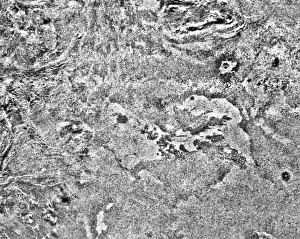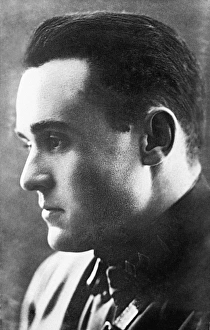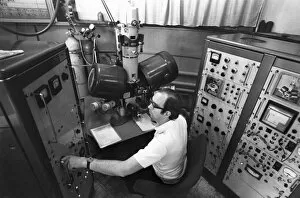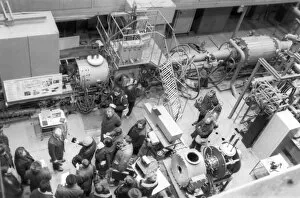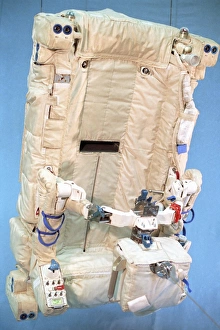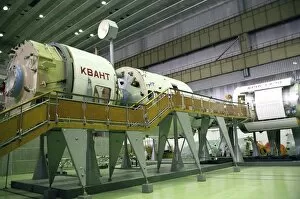Twentieth Collection (page 10)
Twentieth century wonders unfold: from the grace of a Scottish Deerhound to the delicate beauty of Achillea millefolium
All Professionally Made to Order for Quick Shipping
Twentieth century wonders unfold: from the grace of a Scottish Deerhound to the delicate beauty of Achillea millefolium. In this captivating journey, we encounter the masterful symphonies conducted by Wilhelm Furtwangler and the timeless allure of Hollywood's golden era with Some Like It Hot. Amidst blooming Wisteria and wildflowers, we remember the resilience forged during World War I through powerful imagery like the USA BONDS Third Liberty Loan poster. The vibrant colors of 1913-14 Bulbs, Plants and Seeds remind us of nature's enduring cycle while The Fountain Court invites us to pause and reflect on its tranquil beauty. Two loyal Dachshunds stand as faithful companions, even in times when gas masks were necessary for survival at battle fronts. As we soar through history, an aircraft poster reminds us of humanity's relentless pursuit to conquer new heights. Twentieth-century tales intertwine seamlessly in this diverse tapestry that celebrates artistry, courage, and progress.



















